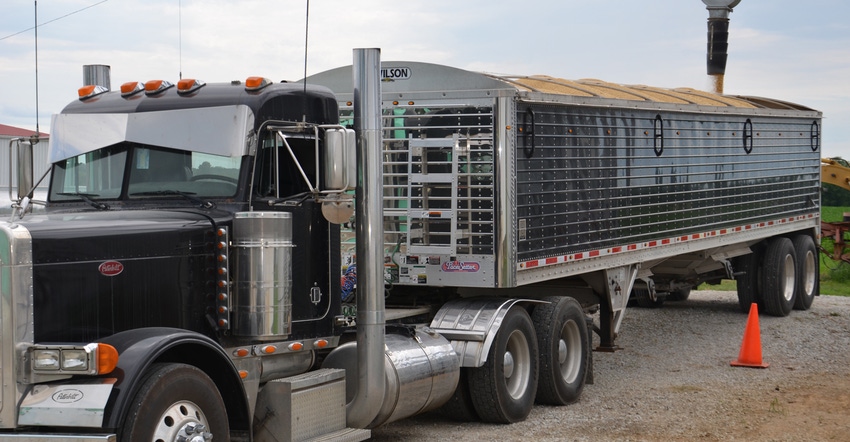October 5, 2020

Performing well enough to meet trend line might be OK when talking about corn and soybean yields. Even then, your personal goal is to harvest above trend-line yields. A trend line represents an average projection based on performance over time.
When it comes to farm safety, meeting the trend line isn’t good enough. Based on the “2019 Indiana Farm Fatality Summary With Historical Overview” compiled by Bill Field, Ed Sheldon and Yuan-Hsin Cheng at Purdue University, 21 Hoosiers died in farm-related accidents in 2019. That put 2019 squarely on the trend line of expected deaths per year based on the past 50 years.
Sheldon notes that the trend line for farm fatalities points downward over time. However, the reduction in number of farm operations parallels it and has likely contributed more than any other single factor to the reduction of farm-related fatalities. In fact, Sheldon notes that the farm-related fatality rate remains one of the highest of all Indiana occupations.
Troubling accident statistics
The good news is that 21 deaths in 2019 was a sharp decrease from 33 in 2018. The bad news is that five of the six previous years exceeded the 10-year average of 27. As recently as 2016, the number of fatalities spiked to 44.
Peaks and valleys along the trend line indicate little consistency in when disaster strikes. The lowest number of fatalities ever recorded was eight in 2006. Yet by 2008, the number of deaths was higher than the trend, approaching 30.
The lack of consistency makes it difficult for groups that promote accident prevention to know where to focus limited resources, Sheldon says. The only exception is tractor-related incidents leading to fatalities. Although that number was less than 40% in 2019, it has been as high as 75% in some years. Tractor rollovers typically represent a sizable portion of tractor or skid-steer accidents resulting in death.
Moving forward with safety
What the lack of consistency in number of fatalities from year to year also says is that no one who lives or works on a farm can afford to let their guard down, even for a second. There is often no rhyme or reason to accidents, although people who study accident data point to certain situations that increase the likelihood for serious incidents.
One of those is not having a rollover protective structure, better known as a ROPS, on a tractor. They’ve been standard equipment on new tractors since 1985, so the risk is higher with older equipment. Retrofits are available to mount a ROPS on an older tractor and make it safer.
Plus, COVID-19 isn’t the only thing that targets older Hoosiers. Over half the victims of farm fatalities in 2019 were 60 or older, and over half of those were over 70. And that wasn’t a fluke. Sheldon says nearly half of all documented farm fatalities over the past five years in Indiana involve people age 60 or older.
Where does a look at the most recent statistics leave us? The need to “think safety” must be more than a slogan. We all need to live it when we’re working or even playing on the farm. Show extra respect when working with tractors. And if you’re in your “golden years,” let someone else mow the steep bank. We all want to get home to see our spouses, children and grandchildren tonight.
Comments? Email [email protected].
You May Also Like




